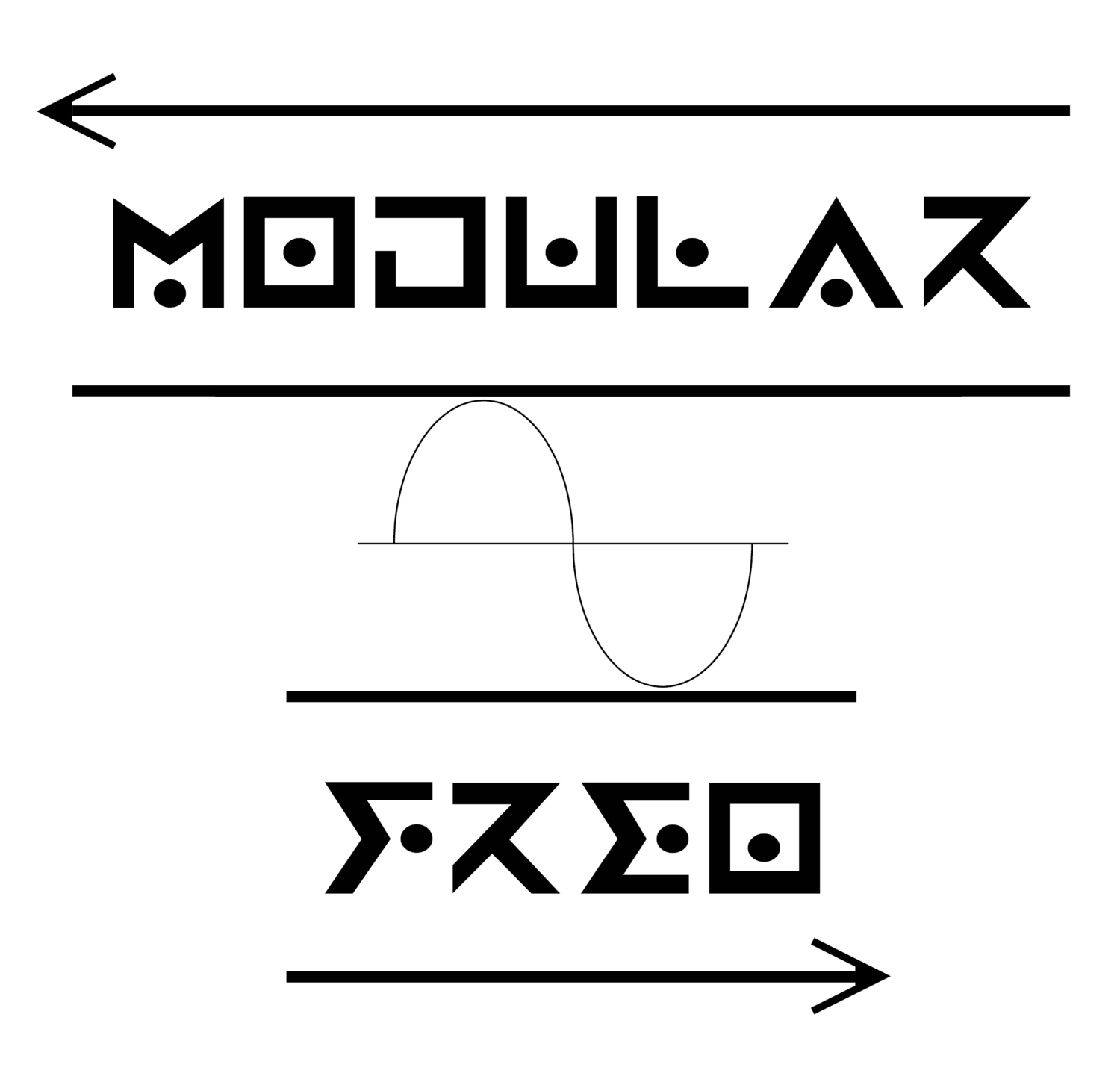The Easy Guide To Eurorack For Beginners
Getting into the world of modular synthesis can be quite a daunting task for the noob and so Eurorack for beginners was born. However once you get to grips with Eurorack then the opportunities for creativity are endless. Take a look at our Eurorack for beginners guide to see how to get started.
What is Eurorack?
Eurorack is a modular synthesizer format originally specified in 1996 by Doepfer. Until then there was an abundance of manufacturers producing various formats. Eurorack became the standard format to use and the Doepfer measurements were used as reference for how we know Eurorack to this day.
With Eurorack there is the option to build a synth of your own choice and there are many additional features to add to it from VCO’s LFO’s, Filters and Envelopes. But you must start somewhere so let us take you through the building blocks of what you need.
A Basic Eurorack Setup
To start with nothing and have a Eurorack for beginners setup we need to understand the bare minimum of what is required to start Eurorack synthesis. The key things you will need are:
Eurorack Case
Eurorack Power
Eurorack Modules
Eurorack Cables
Eurorack for beginners will need an Oscillator, Filter, Amplifier and Envelope as initial starter modules to get going.
To get any interaction with the keyboard too you’ll need a midi interface and also an audio interface, but my guess is that you already have some form of that if you are already making music on your computer.
Choosing a Eurorack Case
As much as it may not seem, choosing the right case is a task in itself when it comes to Eurorack for beginners. I’ve written a post on the best Eurorack cases to choose as there is a vast array to choose from. Some have power, some do not. So it is worth keeping in mind what you need initially from your case, and how much you plan to expand (it’s probably more than you think you will!)
Keep in mind that Eurorack cases have an ok resale value if you need to upgrade at a later date, providing they are in good condition so make sure you spend some time on choosing the right one.
Going back to choosing the right size, it is possible to plan ahead as there is a standard size of each Eurorack module.
The Eurorack format calls for modules of 128.5mm (slightly over 5″) height. Horizontal width is measured in “horizontal pitch”, where 1 HP = 5.08mm (exactly 0.2″). This means you will see modules referred to in such sizes as 6HP as the module width so it allows you to know how much space this will take up in the case. Cases as such as measure in a similar way, with common size being 84HP or 176HP (3U and 6U respectively).
Picking Power
It’s probably not too difficult to get this wrong as there is one standard power connector for Eurorack so it does keep things simple. However – word of warning – plug the cable in the wrong way around (yes it is possible) and you could blow something in one of your modules when you connect it. This is one of the most common problems when it comes to Eurorack for beginners
The general rule of thumb for connecting Eurorack devices is “red stripe down” which essentially means keeping the red (negative) marker on the ribbon cable towards the bottom of the power bank. Keep in mind this is not always the case so tread carefully when doing this. If in doubt, consult with the manufacturer of the module.
Most Eurorack power is ultimately provided by a 12V DC power supply. These connect to the strip into the case which (normally, but not always) provides 12 power connectors which is enough for 12 separate modules.
Eurorack for beginners – Modules
Now here comes the fun bit. As we mentioned earlier the ideal initial starter modules you will need will be an Oscillator, Filter, Amplifier and Envelope. There a multitudes of these types out on offer so be sure to take a look at the best Eurorack modules posts I’ve done to get a feel for what’s out there.
Eurorack Cables
Finally, you need to connect it all up. That is done in the form of Eurorack cables which are again a standard 3.5mm jack size. Originally they were the bigger TRS style however the smaller standard has allowed for less space to be taken up and more modules be put in place.
Final Thoughts
Be sure to do your homework before taking the leap into the world of modular. This Eurorack for beginners post is here to help you decide on what you need to get started. A word of warning – it can be quite an addictive hobby and over time can cost a bit of money! But the end goal is all about enjoyment and creating your own style and way of producing music.
The days when you don’t feel like booting up the laptop can be fixed by having an external module synth linked up for you to riff with as you wish. I’d love to hear your modular Eurorack stories so please get in touch to share them and also feel free to share the Eurorack for beginners if you are trying to convince your friends it’s the way forward!
Credit : Partimeproducer


